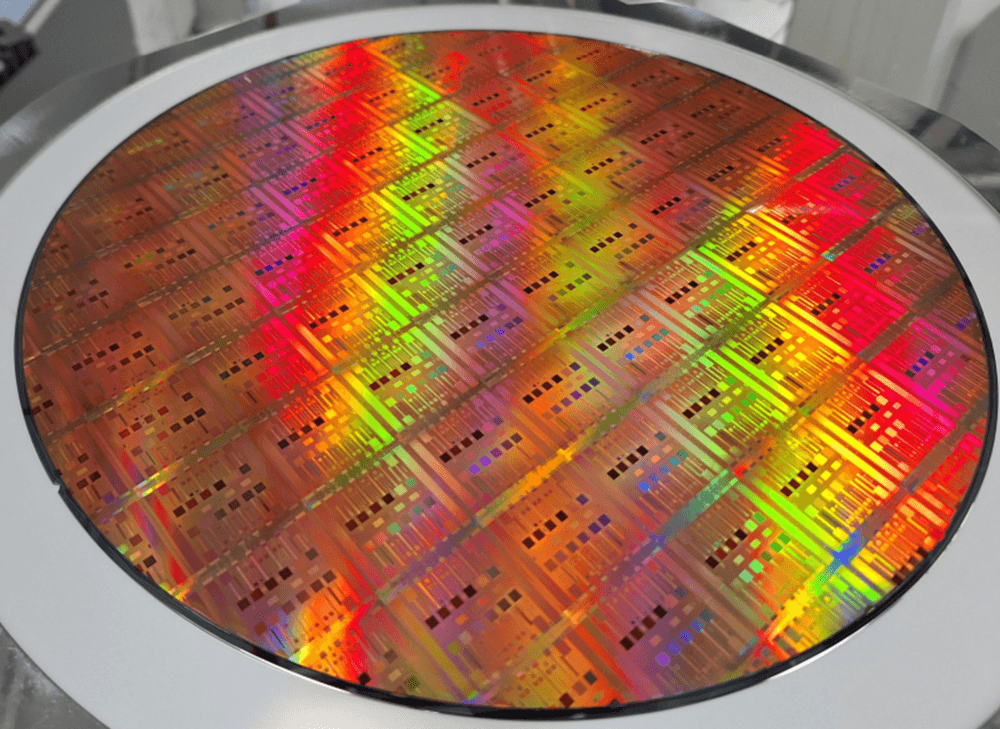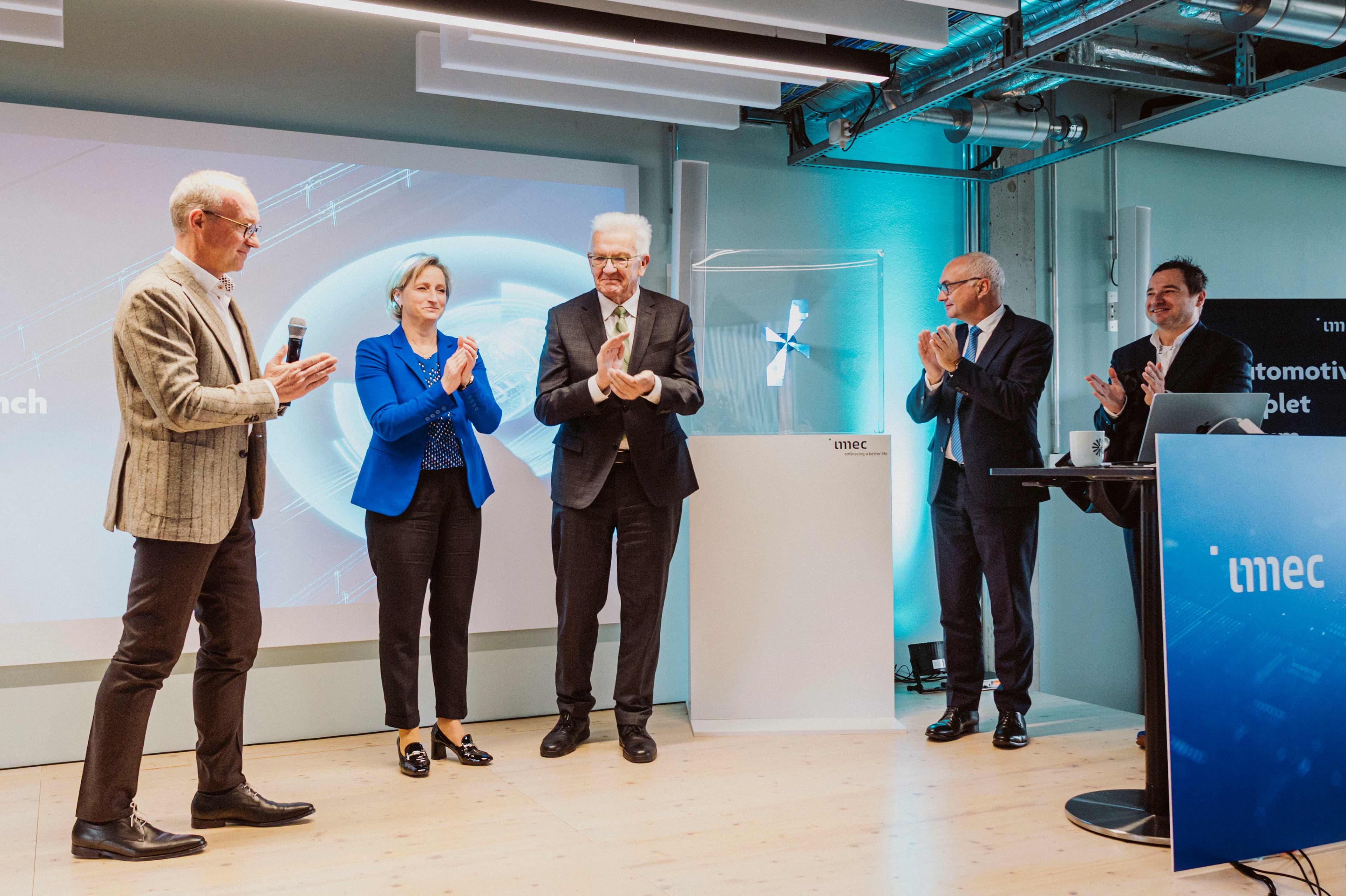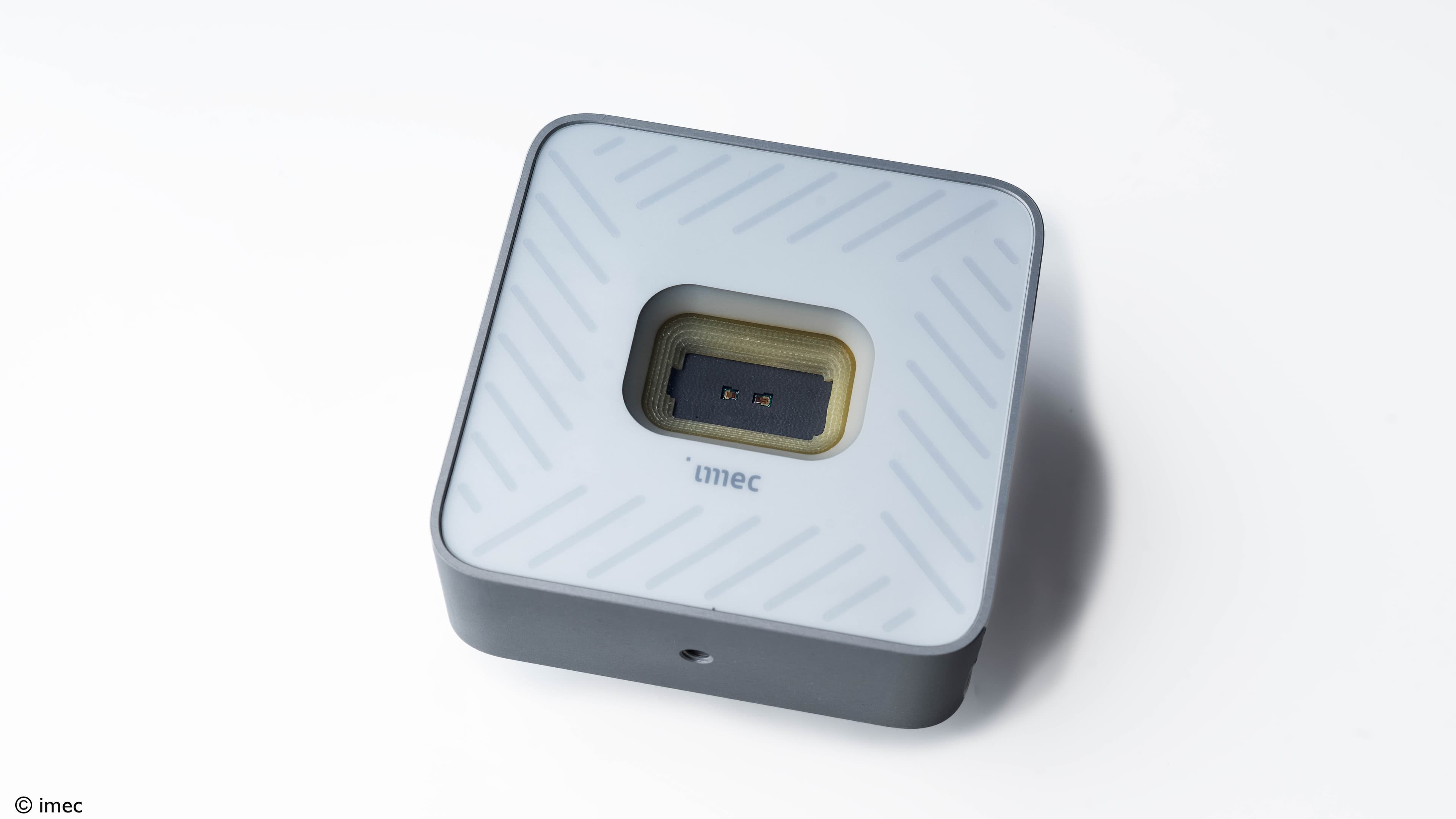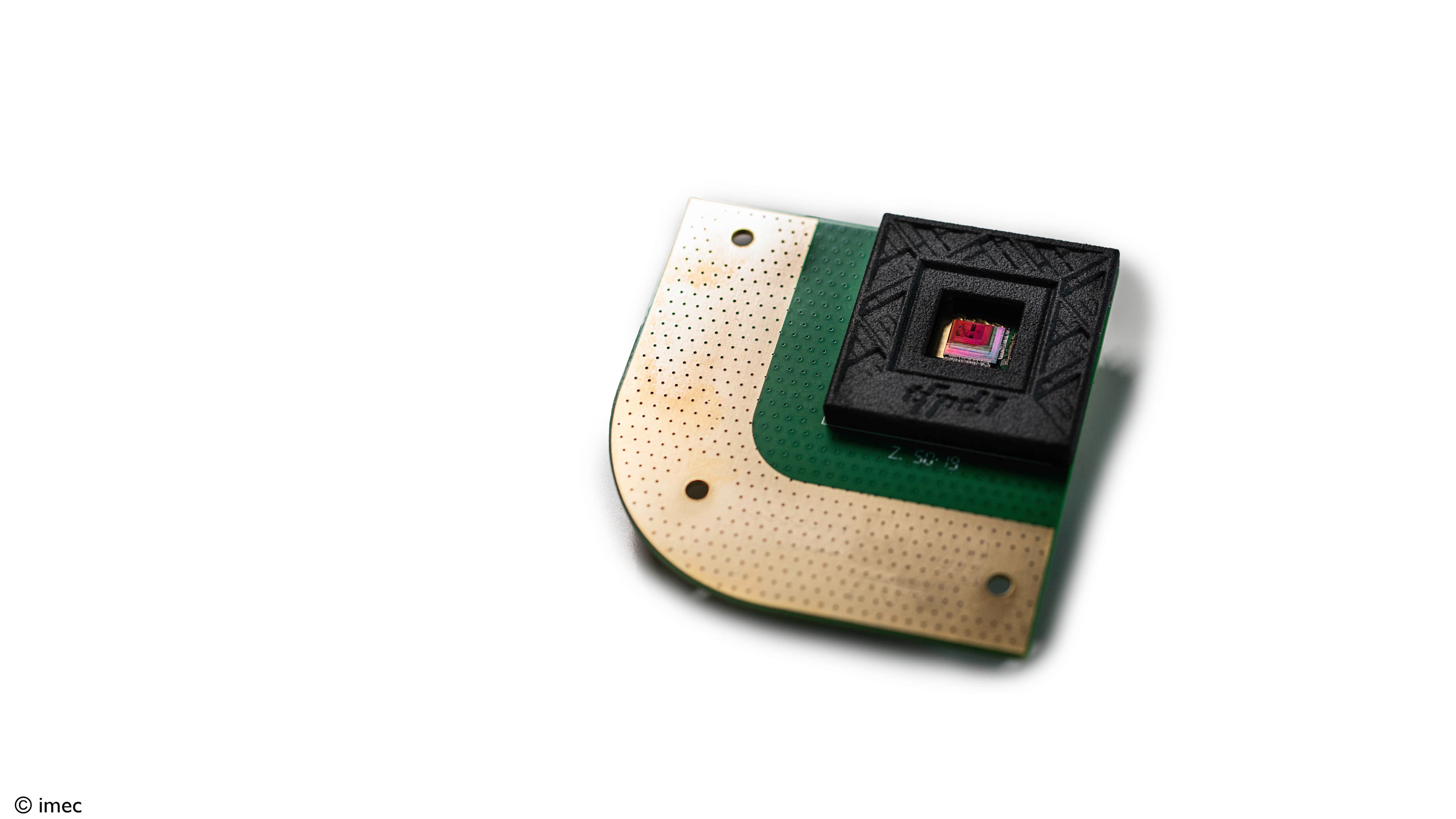1. Chiplets are on everyone’s radar
The number of participating companies had risen from 30 to 50 compared to the first installment of the Automotive Chiplet Forum. It’s safe to say all these people didn’t fly in to enjoy the Belgian autumn weather. They were there because chiplets are a hot topic in the industry.
One participant said, “The question is not if but when chiplets will enter the automotive market.”
It’s a matter of logic: next-level ADAS and in-vehicle infotainment (IVI) features will require compute performance levels that are on par with those of data centers or high-end consumer devices. And these markets have already moved to chiplets.
Read more about the importance of chiplets for automotive:
- Why are chiplets attracting the attention of the automotive industry?
- How a tiny building block could help reshape an entire ecosystem
Everyone agreed that chiplets will be a part of future cars, no matter what. That means the industry now has a window of opportunity to steer this inevitable evolution jointly.
Because if standards can be established, OEMs can mix and match chiplets from different, sometimes niche, semiconductor players. That will fuel innovation and make the supply chain more diverse and resilient.
2. This challenge calls on all parts of the ecosystem – and they answer the call
The second Automotive Chiplet Forum participants came from OEMs, Tier 1s and Tier 2s, IDMs and foundries, IP and tool vendors, software companies, outsourced semiconductor assembly and test (OSAT) suppliers and design houses.
That variety of backgrounds reveals a lot about the complexity of the challenge. But it’s also a promising indicator of the chances of this initiative.
This is what we, as imec, hoped to achieve. In the world of semiconductors, we accelerate innovation by – often literally – bringing together the complete value chain. It’s a model that can also help automotive to prepare for the future. In the words of one participant: “The diversity in this room is key to getting things done.”
3. The goal is not to reinvent the wheel …
The chiplet challenge is substantial. But we don’t need to start from a blank page. Some frameworks that we can build on:
- From the automotive angle: the Automotive Electronics Council (AEC) Q100-004 standards constitute the ‘bible for the qualification of automotive semiconductors.’
- From the chiplet angle: the Universal Chiplet Interconnect Express (UCIe) standards were established for the data center domain but recently extended with automotive additions.
This leads to a clear path of action: first, identify the gaps in the current standards and then look for ways to address them.
4. … but to shift gears
Building on accelerating innovations in domains such as ADAS and IVI, computing challenges are thundering toward the automotive sector at a breakneck speed. In contrast, standardization, building on consensus, is an inherently slow process that’s hard to speed up.
The result is a palpable sense of urgency: if we want a LEGO-like chiplet architecture that allows for flexible multi-vendor solutions, we must act now.
This realization led to working groups focusing on architecture, standardization, and quality & reliability respectively. At the next Automotive Chiplet Forum, they will report on how to drive this initiative forward.
Want to know more about the Automotive Chiplet Forum or imec’s activities in automotive? Check out the website of star, the imec-launched global network that unites experts from the automotive and semiconductor industries. Or click the button below to get in touch.
Published on:
7 November 2023













